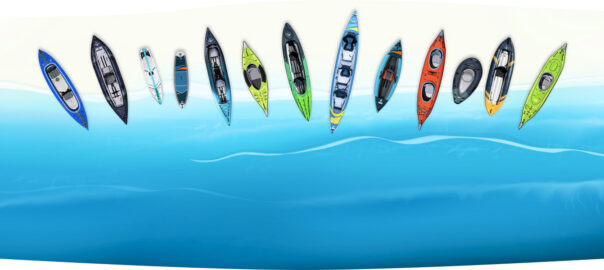Whether your just out on a pleasant day’s paddle or a multi-day journey, touring kayaks and even sit-on-tops are perfect for exploring the waterways of the UK. Here’s a few suggestions on some truly classic and some of the best canoe & kayak touring trips and destinations in the UK to get you started.
Once you’ve caught the canoe & kayak touring bug there are plenty more out there, just waiting for you to discover and go canoe & kayak touring.
Below, we list the best UK canoe and kayak touring trips.
1. River Thames
Old Father Thames, immortalised for centuries in prose and verse, is probably the most famous river in the UK! But although it flows directly through the heart of the capital there’s a whole lot more to the River Thames than just London.
It becomes officially navigable at Cricklade in Wiltshire and the upper stretches of the river offer some beautiful potential for paddle touring.
Further downstream the Thames begins to grow in stature.
There are plenty of easy access and egress points along the way and some lovely riverside pubs.
Henley, famous for its boating regatta, and the section between here and Marlow is picturesque and green.
Further down stream at Runnymede you can moor up and then take a short walk to where the historic Magna Carta was signed; and the section between there and Windsor is a popular stretch for paddling day trippers.
Shepperton and Sunbury are great spots to start a Thames paddling tour from and you could journey down stream further to the historic palace at Hampton Court.
After the lock at Teddington the Thames becomes tidal, so it’s a more serious venture, but more experienced paddlers will love the unusual view that the river offers of our capital city, and cruising past such powerful landmarks as the House of Commons with Big Ben looming and the London Eye just downstream is certainly a special paddling experience.
2. River Trent
The River Trent is another of the major rivers of England.
Its source is in Staffordshire and it flows through the Midlands until it joins the River Ouse at Trent Falls to form the Humber

You must be logged in to post a comment.